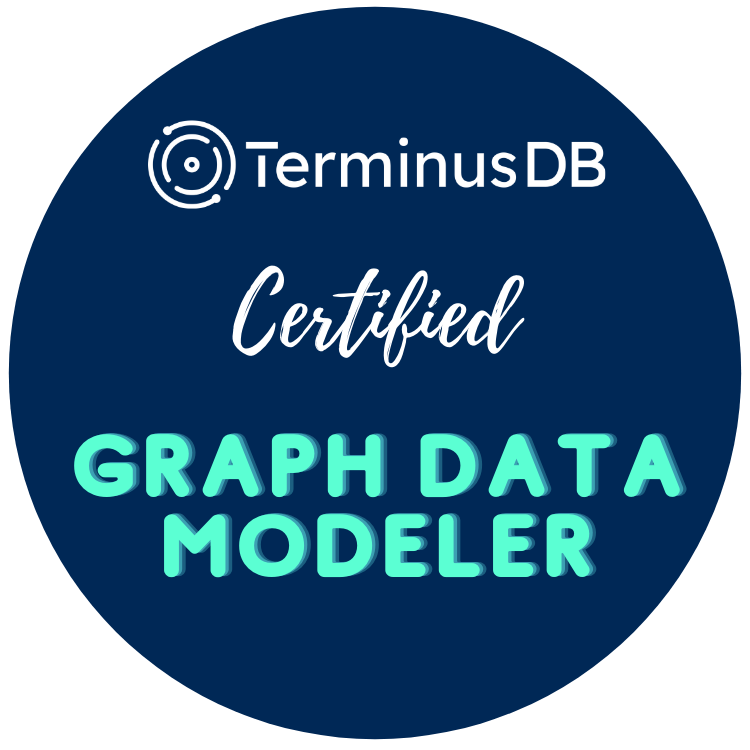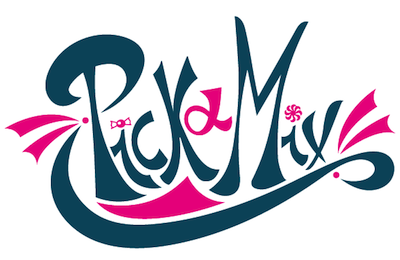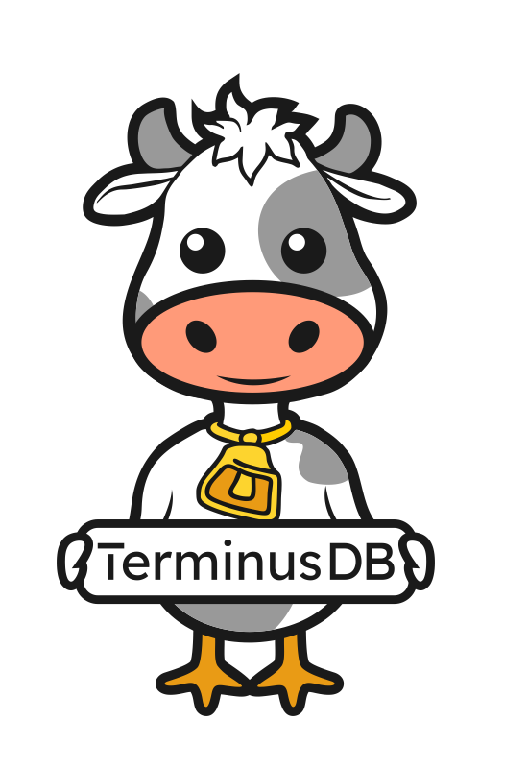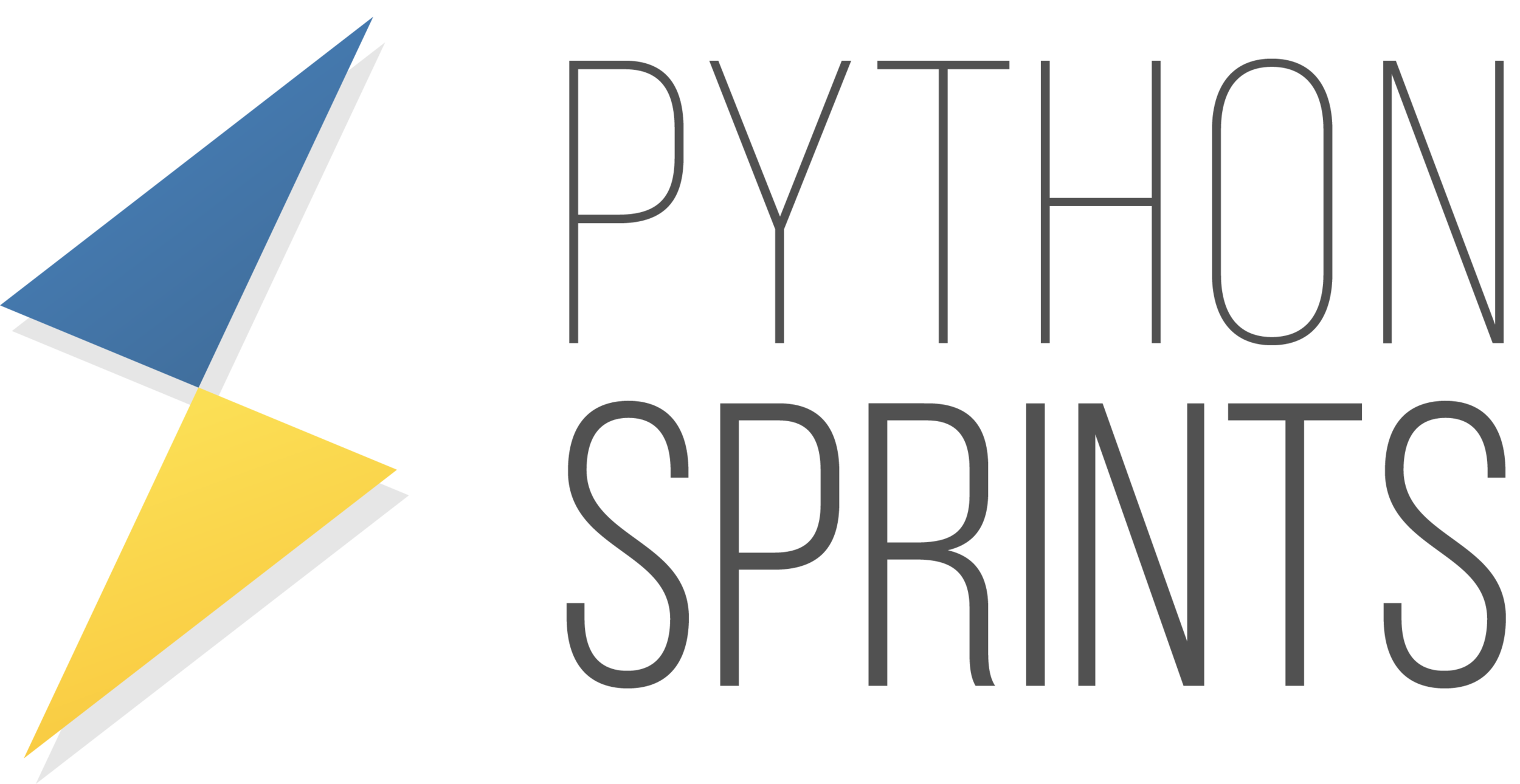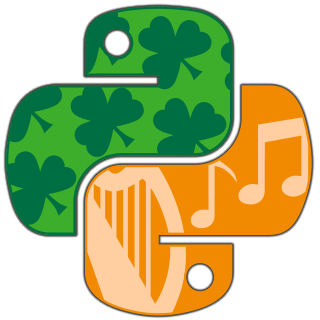Turning Pandas DataFrames to Semantic Knowledge Graph
Grab the slides: slides.com/cheukting_ho/pandas-to-graph

Pyjamas Conf 2021
4th December 2021, worldwide, 24 hours streaming, FREE
https://pyjamas.live
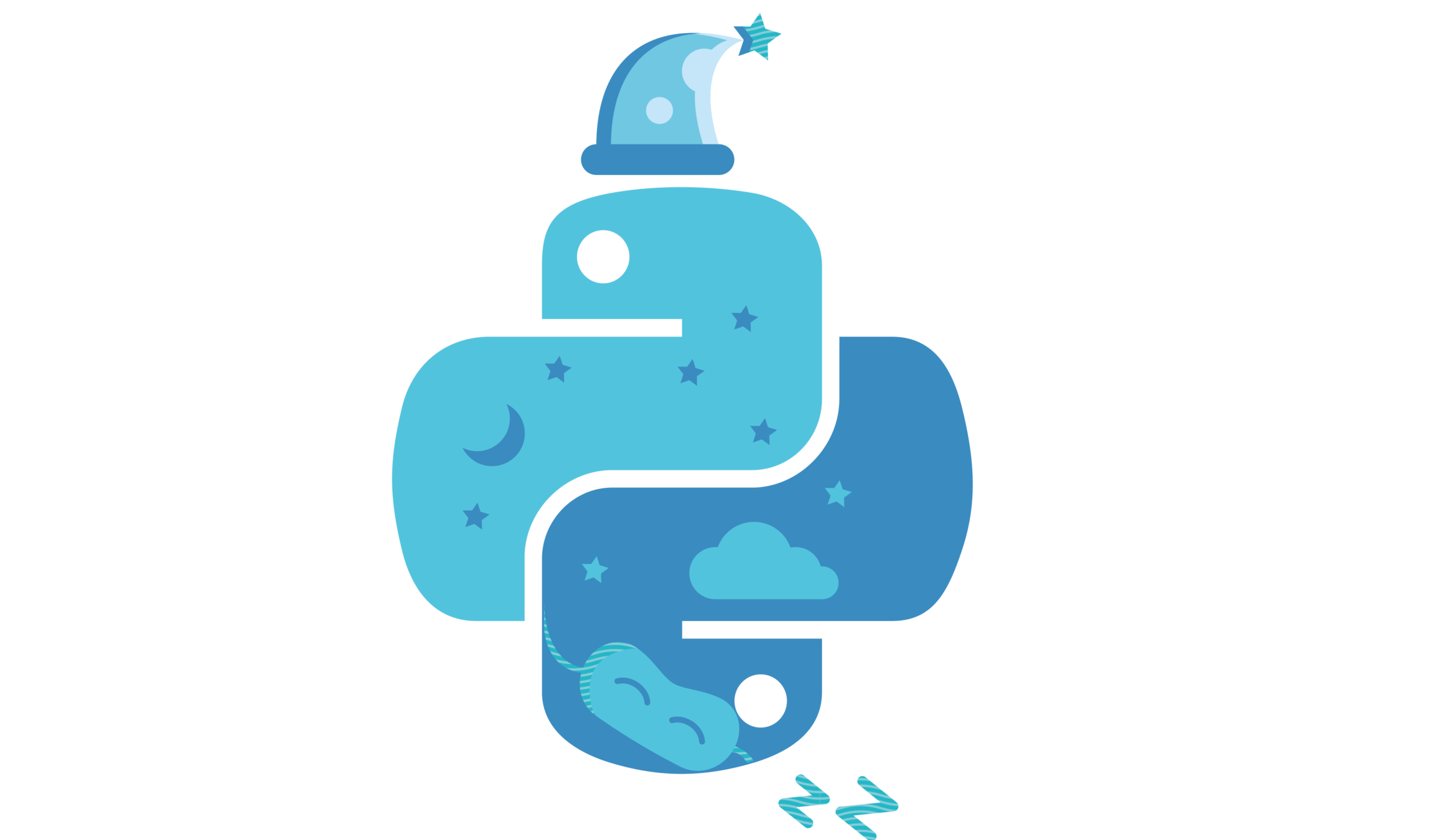

Why do we love pandas?
(other than that they are cute 💕)
- a powerful tool for managing tabular data
- easy import and export to CSV
- automatic type conversion (and/or datetime parsing)

But it does have limitations...

(source: https://medium.com/swlh/converting-nested-json-structures-to-pandas-dataframes-e8106c59976e)
It's just not the best to handle nested data
How about we put nested data in graph format?
Semantic Knowledge Graph
- graph-structured data model
- store interlinked descriptions of entities
- describe data with properties
- fully customizable schema
Developing a tool to convert pandas DataFrame to Knowledge Graph
1) What will the schema be like
- flat structure
- what are the data types
- any linked data
np_to_buildin = {
v: getattr(builtins, k)
for k, v in np.typeDict.items()
if k in vars(builtins)
}
np_to_buildin[np.datetime64] = dt.datetime2) How to load in data
- size limitation
- load in chunks -> datatype mismatch
- export in records (records are objects)
with pd.read_csv(csv_file, sep=sep, chunksize=chunksize) as reader:obj_list = df.to_dict(orient="records")3) NAs, what about them?
- skip record all together
- make it optional
- data cleaning
if any(df.isna().any()) and na == "error":
raise RuntimeError(
f"{df}\nThere is NA in the data and cannot be automatically load in. Use --na options to remove all records with NA or make properties optional to accept missing data."
)
elif na == "skip":
df.dropna(inplace=True)if na == "optional":
bad_key = []
for key, value in item.items():
if pd.isna(value):
bad_key.append(key)
for key in bad_key:
item.pop(key)How about the other way round?
Exporting knowledge graph to CSV
The flattening procedure
- record as DataFrame
- Expanding (de-nesting) it
- Add embedded objects
df = pd.DataFrame().from_records(list(all_records))expanded = pd.json_normalize(df[col])
expanded.columns = list(map(lambda x: col + "." + x, expanded))
df.drop(columns=col, inplace=True)
df = df.join(expanded)If you like knowledge graph
